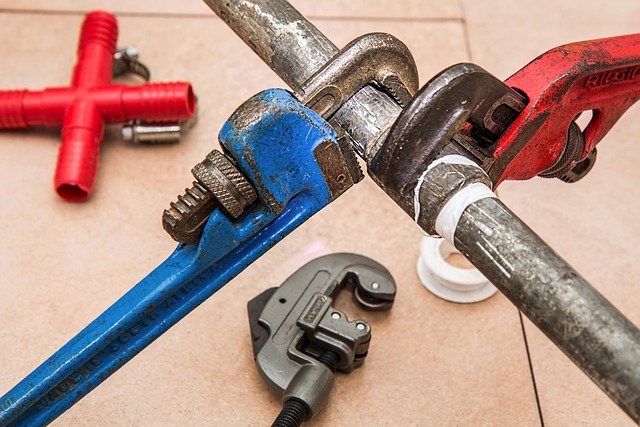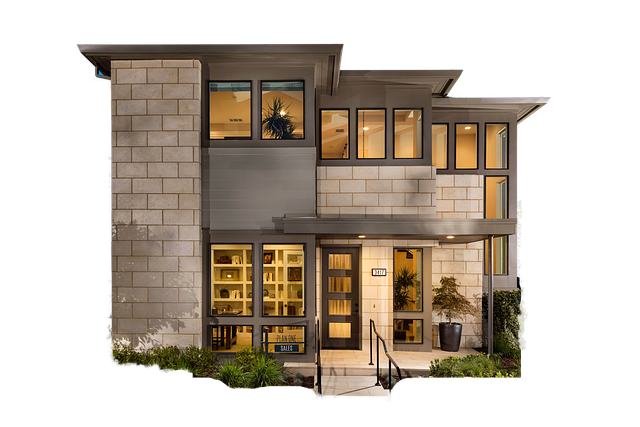Residential foundation repair is crucial due to environmental factors like poor soil conditions, construction flaws, tree roots, and weather changes causing structures to settle unevenly. Early detection of cracks, uneven floors, sticky doors, or misaligned walls prevents further damage. Non-invasive techniques like mechanical pile driving and polyurethane foam injection offer effective solutions with minimal disruption. Advanced, targeted solutions using modern technology are cost-effective and tailored to specific root causes. Geotechnical engineers analyze soil mechanics for stable foundations, while economical solutions include polyurethan injection and protective coatings. Regular inspections, proper drainage, and choosing a reliable repair company prevent costly repairs.
Looking for solutions to common residential foundation repair issues? This comprehensive guide explores various aspects of ensuring your home’s structural integrity. From understanding signs of foundation problems to cost-effective repairs, we cover it all. Learn about non-invasive methods and traditional techniques, the role of geotechnical engineers, preventative measures, and choosing the right repair company. Get expert insights on residential foundation repair for a sturdy and lasting home.
Understanding Common Residential Foundation Repair Issues

Residential foundation repair is a common concern for many homeowners, as structures settle and shift over time due to various environmental factors. Some of the most frequent issues include cracks in the foundation walls or floor, uneven floors, doors that stick or swing, and walls that are not straight. These problems can be caused by poor soil conditions, improper construction, tree roots, or changes in weather patterns, among other factors. Identifying the root cause is crucial to implementing effective solutions for residential foundation repair.
Early detection of these issues is key to minimizing damage and preventing more serious structural problems down the line. Homeowners should regularly inspect their properties for signs of foundation trouble, such as visible cracks, sinks or uneven areas in floors and walls, and sticky doors or windows. Regular maintenance and quick response to any observed issues can go a long way in preserving the integrity of a home’s foundation.
Identifying Signs of Foundation Problems in Your Home

If you suspect your home’s foundation might be experiencing problems, it’s crucial to identify the signs early on. One of the most noticeable indicators is uneven or cracked floors, walls, or ceilings. Tilted or bowing walls, doors that stick or close improperly, and windows that are misaligned or hard to open/close are also red flags. These issues could point towards serious structural damage caused by inadequate foundation support, which may require residential foundation repair.
Other subtle signs include persistent sinks, bulges, or dips in the floor; sticky doors or windows; or noticeable gaps between walls and floors. If you live in an older home, it’s important to stay vigilant for these indicators as time can weaken foundations. Regular inspection is key to catching potential problems early on, thereby preventing more costly residential foundation repair down the line.
Non-Invasive Methods for Foundation Repair

In the realm of residential foundation repair, non-invasive methods have emerged as a game-changer for homeowners seeking effective solutions without disrupting their living spaces. These innovative techniques offer a breath of fresh air, especially in areas where traditional excavation and replacement might be impractical or environmentally concerning. One such method is the use of mechanical piles, where steel or concrete piles are driven into the ground to provide additional support to the existing foundation. This process is less intrusive than conventional methods, allowing for repairs without extensive digging.
Another non-invasive approach involves the injection of polyurethane foam, which can fill cracks and voids in the foundation, providing stability and preventing further damage. This method is particularly useful for structural repairs, as it enhances the overall integrity of the foundation while minimizing disruption to the surface above. With these modern solutions, homeowners can bid farewell to the hassle and expense of traditional foundation repair methods, ensuring a more seamless and environmentally friendly process for their residential foundation needs.
Traditional Foundation Repair Techniques Explained

Traditional foundation repair techniques have been the backbone of residential foundation repair for decades, offering solutions to various common issues. One of the most well-known methods is underpinning, where steel beams or piles are installed beneath the structure to stabilize and support it. This technique is particularly effective for homes with settling or shifting foundations caused by soil conditions or improper construction. Another traditional approach is foundation jacking, which involves raising the entire structure using hydraulic jacks until the damage is corrected. This method is often employed when a building’s foundation has sunk unevenly, leading to cracks in walls and floors.
These conventional methods have proven their worth over time, but they are not without limitations. They can be costly, disruptive to homeowners, and may not address the root cause of the problem effectively. As such, many professionals now opt for more advanced and targeted solutions, leveraging modern technology and innovative repair techniques to offer permanent remedies for residential foundation repair.
The Role of Geotechnical Engineers in Foundation Solutions

Geotechnical engineers play a pivotal role in developing effective foundation solutions, especially for residential areas where structural integrity is paramount. They are experts in understanding soil mechanics and ground conditions, which are crucial factors in designing stable and durable foundations. By conducting thorough site investigations, these engineers assess the soil’s bearing capacity, water table levels, and potential contamination, all of which influence the choice of foundation type.
For instance, in areas prone to seismic activity or high water tables, geotechnical engineers might recommend specialized foundations like pile foundations or deep foundations to ensure the building’s resilience and longevity. They also collaborate with structural engineers to create integrated designs that consider both the structural and earthwork aspects of a project, ultimately contributing to the success of residential foundation repair and stability.
Cost-Effective Solutions for Budget-Conscious Homeowners

For budget-conscious homeowners, tackling foundation problems doesn’t have to break the bank. Many cost-effective solutions are available that can effectively address common residential foundation repair issues without significantly impacting your finances. One such approach is using polyurethan injection to fill cracks and gaps in the foundation walls. This method is not only affordable but also highly efficient at preventing water intrusion and further damage.
Another economical option is applying a coating or sealing agent to the exterior of the foundation. These products create a protective barrier, shielding the foundation from moisture, extreme temperatures, and other environmental factors that can contribute to deterioration. Regular maintenance, such as cleaning and inspecting the foundation, also plays a crucial role in preventing costly repairs down the line. By adopting these cost-effective strategies, homeowners can ensure the longevity of their homes while staying within their budget constraints for residential foundation repair.
Preventative Measures to Ensure Longevity of Foundation Repairs

To ensure the longevity of residential foundation repair, preventative measures should be a priority for homeowners. Regular inspections are key to identifying potential issues early on. By scheduling periodic assessments, especially in areas prone to extreme weather conditions or soil instability, you can catch problems like cracks, uneven settling, or water damage before they escalate. Addressing these concerns promptly through routine maintenance will save costs and prevent more extensive and costly repairs down the line.
Additionally, proper drainage around the foundation is crucial. Ensuring that rainwater is directed away from the base of your home helps to prevent moisture intrusion, which can lead to structural damage over time. Keeping gutters clean, installing downspout extensions, and creating a slight slope away from the foundation are all effective ways to maintain the health of your residential foundation repair.
Choosing the Right Foundation Repair Company: Tips and Considerations

When it comes to choosing a foundation repair company for your residential property, diligence is key. Begin by understanding the specific needs of your home and the issues at hand. Researching local companies specializing in residential foundation repair is essential; consider their experience, reputation, and customer reviews to gauge their reliability.
Ensure the contractor you select is licensed, insured, and bonded, as this provides protection for both you and them. Ask for references and examples of previous work, enabling you to assess their capabilities and attention to detail. Communication and transparency are vital; a reputable company should provide clear estimates, detailed plans, and regular updates throughout the repair process.
